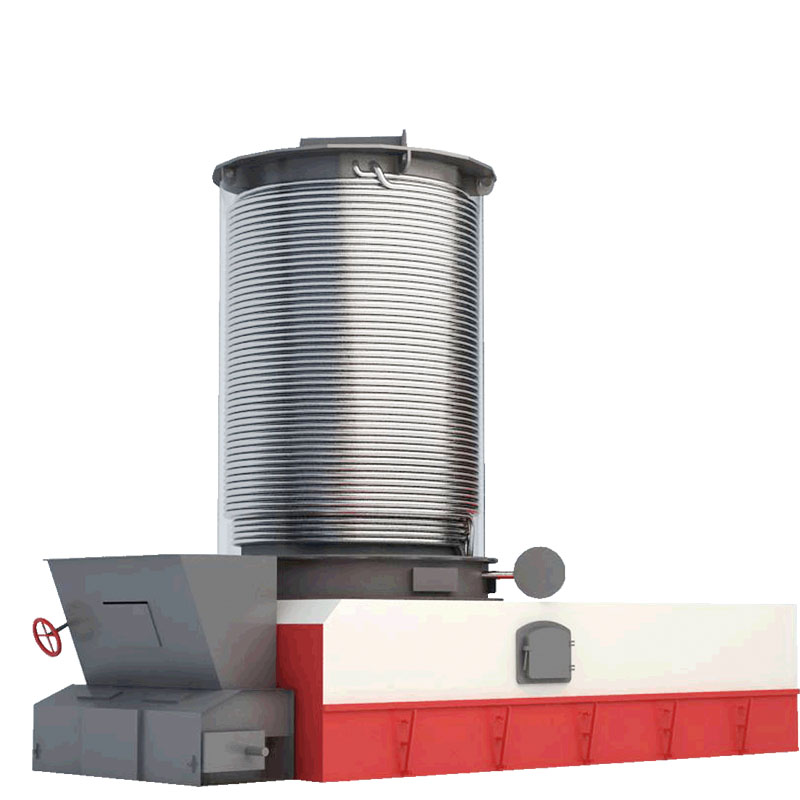Optimal Low Water Cut-Off Solutions for Steam Boilers
Understanding the Best Low Water Cut-Off for Steam Boilers
Steam boilers are integral components in various industrial processes, providing the necessary heat for operations ranging from food processing to power generation. One critical aspect of maintaining these boilers is ensuring they operate safely and efficiently, which is where low water cut-off (LWCO) devices come into play. This article explores the best practices surrounding low water cut-off steam boilers, emphasizing the importance of choosing the right device, regular maintenance, and compliance with safety standards.
What is a Low Water Cut-Off?
A low water cut-off is a safety device that automatically shuts down a steam boiler when water levels fall below a preset point. This mechanism is crucial for the prevention of boiler overheating, which can lead to catastrophic failures, explosions, or significant damage to the system. The LWCO functions by monitoring the water level within the boiler and activating a shut-off sequence when it detects that the water drops below safe operating levels.
Types of Low Water Cut-Off Devices
There are mainly three types of LWCO devices used in steam boilers
1. Float Type This type employs a float connected to a switch. As the water level rises or falls, the float moves accordingly, opening or closing the electrical circuit. Float-type LWCOs are often preferred for their simplicity and reliability.
2. Probe Type This system uses metallic probes that measure the electrical conductivity of water. When the water level falls below a low threshold, the circuit is disrupted, prompting the boiler to shut down. Probe systems are less sensitive to water quality, making them suitable for a variety of applications.
3. Electronic Type These advanced systems utilize sophisticated electronic sensors to monitor water levels. They offer the benefit of higher precision and can often provide more comprehensive diagnostic information. However, they may require more maintenance and recalibration.
Selecting the Right Low Water Cut-Off
Choosing the right LWCO for a steam boiler involves assessing several factors
best low water cut off steam boiler

- Boiler Size Larger boilers may require more robust cut-off systems or multiple devices to ensure comprehensive monitoring.
- Water Quality Water with high levels of impurities can impact the performance of some LWCO types. Understanding the water's chemical composition can help in selecting the right technology.
- Operating Conditions High-pressure steam applications may necessitate a more advanced low water cut-off to ensure safety and reliability.
- Compliance Standards Different industries have varying standards and regulations governing boiler safety. The chosen LWCO must align with local and national safety codes.
Importance of Regular Maintenance
While selecting an appropriate low water cut-off device is vital, regular maintenance of the LWCO is equally important. Routine checks should be conducted to ensure the device is functioning correctly. This includes
- Inspecting the mechanical parts for wear and tear. - Cleaning probes or floats to prevent buildup from water impurities. - Testing the shut-off mechanism to confirm it activates at the correct water level.
Regular maintenance not only safeguards against boiler mishaps but also extends the lifespan of the equipment.
Conclusion
In conclusion, the low water cut-off is a critical safety feature in steam boilers, providing essential protection against the dangers of low water levels. Understanding the different types of LWCO devices, selecting the right one for specific needs, and committing to regular maintenance are essential steps in ensuring the safety, efficiency, and longevity of steam boiler operations. By prioritizing these factors, industries can minimize risks, enhance equipment performance, and comply with safety regulations, ultimately leading to more reliable and efficient processes.
-
Industrial Steam Boiler Corporation - Reliable Industrial Boiler Manufacturer & SupplierNewsJul.08,2025
-
High-Efficiency Steam Boiler Heat Exchanger Supplier & Factory Durable Products for IndustryNewsJul.08,2025
-
Premium Electric Steam Boiler Manufacturer Reliable Company & Factory SolutionsNewsJul.08,2025
-
Commercial Hot Water Boiler - Reliable Supplier & Factory Direct Price for Efficient Heating SolutionsNewsJul.07,2025
-
Top Hot Oil Boiler Manufacturer - Reliable Thermal Oil & Coal Fired Boiler Manufacturer ManufacturerNewsJul.07,2025
-
High-Efficiency Hotel Hot Water Boiler – Leading Exporters & Quotes for HotelsNewsJul.07,2025

